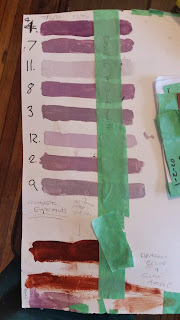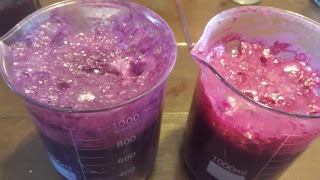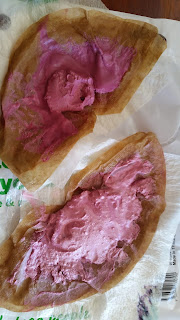ALCHEMY - YELLOW WELD LAKE

Weld Dye/Lake By Lady Symonne de la Croix 29.3.20 20gm Weld (dried and crushed) 2lt Demineralised Water (pH 6.8) 1tsp Calcium Carbonate (chalk,eggshells) 20gm Soda (sodium carbonate) 20gm Alum (potassium aluminum sulfate) Soak the dry weld overnight Heat for 1-2hrs It wasn't turning yellow so I added 1tsp of crushed egg shells (as I couldn't find my chalk and they are both calcium carbonate.) Still couldn't see a difference so I left it overnight again. I did some more research that led me to add 20gm of soda which went yellow instantly, so I probably didn't need ...





